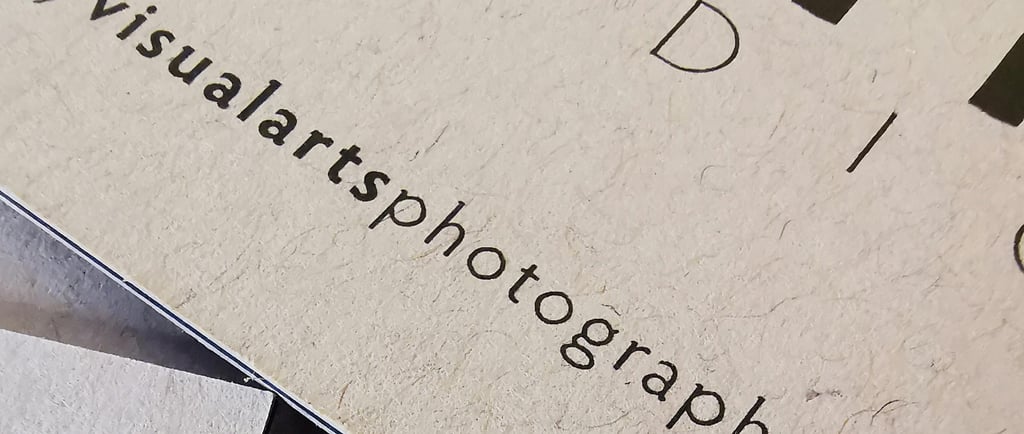How to Design Eye-Catching Business Cards That Stand Out
We still need business cards in the digital age.
Claire Belling
2 min read


In a digital world, business cards remain a powerful networking tool. If you've been to an in-person conference, you'll know we still give out cards to connect. A well-designed card not only shares your contact information but also leaves a lasting impression. So, how do you create a business card that people will remember?
Here’s how to design a business card that stands out.
1. Keep It Simple but Impactful
Your business card should be clear and easy to read. Avoid cluttering it with too much information.
Essential elements to include:
Your name and job title
Business name and logo
Contact details (email, phone, website, social media if relevant)
A clean, visually appealing layout
2. Choose the Right Typography
Typography plays a huge role in readability and aesthetics.
Best practices:
Use two complementary fonts (one for headings, one for body text).
Ensure text size is large enough to be easily read.
Avoid overly decorative or hard-to-read fonts.
3. Use High-Quality Materials
The feel of your business card can influence how people perceive your brand.
Consider these options:
Thick cardstock for durability
Matte or glossy finishes for a professional touch
And if you're feeling fancy; embossing or spot UV for texture and contrast
4. Make Smart Use of Colour
Colours evoke emotions and can reinforce your brand identity.
Colour tips:
Stick to your brand colours for consistency.
Use contrast to make key information stand out.
Avoid overly bright or clashing colours that make text hard to read.
5. Incorporate White Space
White space (empty space around elements) makes your business card look clean and professional. Cramming too much onto a small card makes it overwhelming and hard to read.
6. Experiment with Unique Shapes and Sizes
Standard business cards are 85mm x 55mm, but a unique shape can make yours more memorable.
Creative alternatives:
Square or rounded corner cards
Vertical designs
Die-cut shapes relevant to your industry
7. Add a Call to Action
A subtle call to action (CTA) can encourage further engagement.
Ideas for CTAs:
“Visit our website for exclusive offers.”
“Scan this QR code to book a consultation.”
“Follow us on social media for updates.”
8. Ensure Your Card is Print-Ready
Before sending your design to print, double-triple-check:
Spelling and contact details
Bleed and margin settings
Image resolution (300dpi for print quality)
Final Thoughts
A well-designed business card is a small but mighty tool for making connections. By keeping it simple, using high-quality materials, and maintaining brand consistency, you’ll create a card that people remember and keep.
Need help designing business cards that leave a lasting impression? Let’s chat! 😊
NEXT POST

